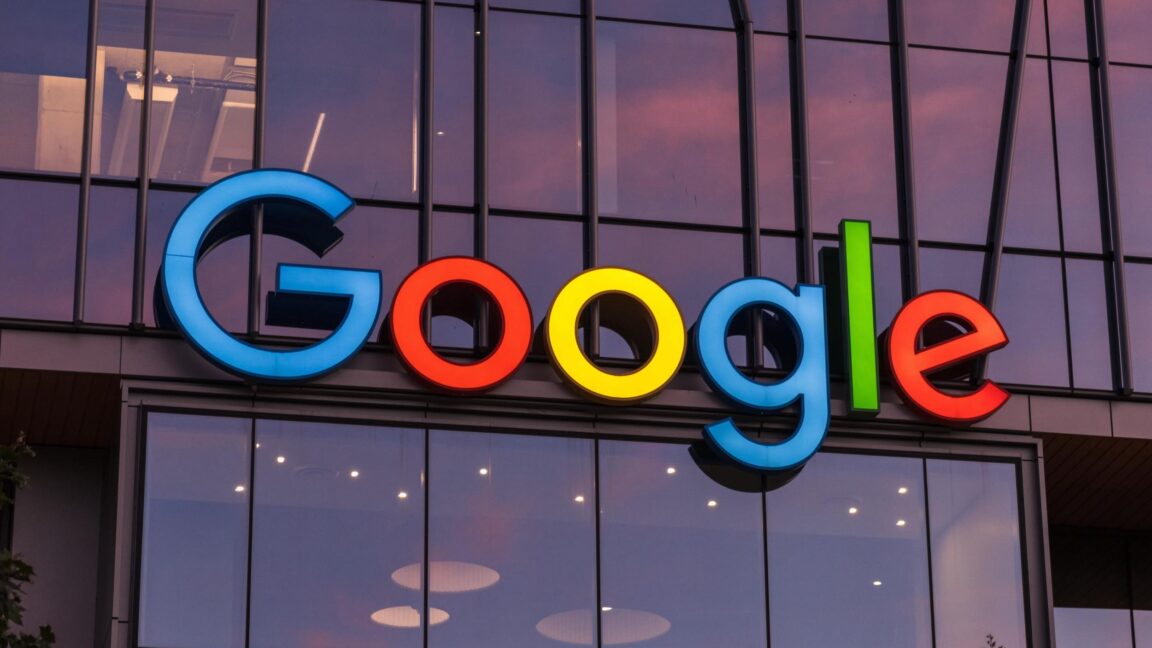The Return of Pebble Time 2

Introduction
The smartwatch market has been constantly evolving, with new and improved models being released every year. One of the most highly anticipated releases was the Pebble Time 2, which was unfortunately cancelled due to financial issues. However, it seems that the smartwatch is making a comeback, with the final specs being revealed. And the best part? It can officially be called a "Pebble" again!
Key Details
The Pebble Time 2's specs are impressive, to say the least. It boasts a 1.5-inch color e-paper display, full microphone support for voice commands, and a built-in heart rate monitor. It also has a built-in GPS, allowing for more accurate tracking during workouts. The battery life is also impressive, with a claimed 10 days of use on a single charge. And for those who prefer a more classic look, the smartwatch comes in both black and silver finishes.
Impact
This new release is sure to make a splash in the smartwatch market. With its impressive features and affordable price, it's a strong competitor for other well-known brands. The Pebble Time 2's return is also a win for loyal Pebble fans who were disappointed by its initial cancellation. It's clear that the company is determined to make a mark in the industry once again, and this time, with even better technology
About the Organizations Mentioned
Pebble
**Pebble** is a pioneering technology company best known for creating one of the first modern smartwatches, which helped define the wearable tech industry. Founded by Eric Migicovsky in 2012 and based in Silicon Valley, Pebble made a significant impact as a startup by launching the most successful Kickstarter campaign of its time, raising over $10 million to fund its initial product[1][2]. The company's mission centered on delivering simple, innovative, and user-centric wearable devices that blend technology and design seamlessly[4]. Pebble's first smartwatch debuted in early 2013 to positive reviews, appealing primarily to tech enthusiasts. It featured an always-on e-paper display, long battery life, and the ability to show notifications, control music, and run various apps, which was revolutionary before the Apple Watch existed[1][3]. Pebble continued to innovate with models like the Pebble Time, which introduced a new operating system tailored for smartwatches. Over its lifespan, Pebble shipped over two million devices and raised over $40 million across multiple Kickstarter campaigns, holding records for three of the four highest crowdfunding efforts at the time[2]. Despite early success and a loyal customer base—including a large community of developers creating apps and watchfaces—Pebble faced intense competition starting in 2015 when major tech companies like Apple, Samsung, and Fitbit entered the smartwatch market[1][2]. This competition, coupled with market pressures, ultimately led to Pebble's acquisition and the company's shutdown as an independent entity[5]. Notably, Eric Migicovsky has expressed a desire to revive the Pebble ethos, emphasizing core features such as the always-on e-paper screen, long battery life, physical buttons, and hackability—features that many modern smartwatches lack[3]. Pebble’s story is a testament to early innovation in wearables and the challenges startups face when competing against tech giants, making it a compelling case study in business and technolog







